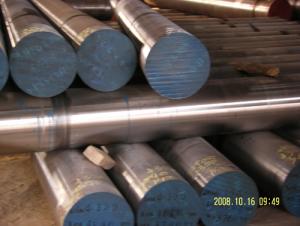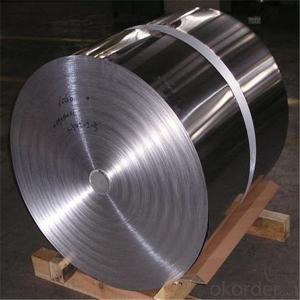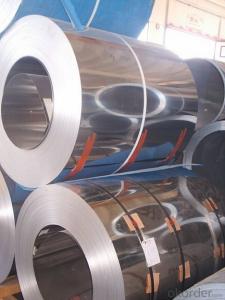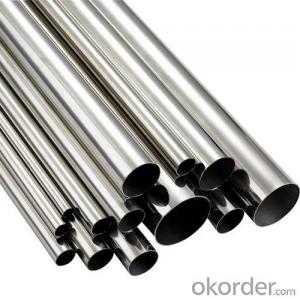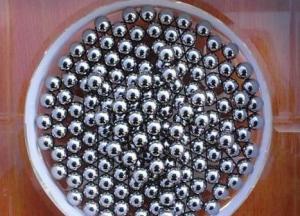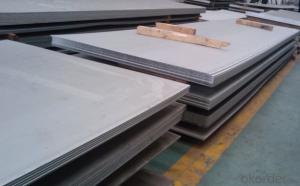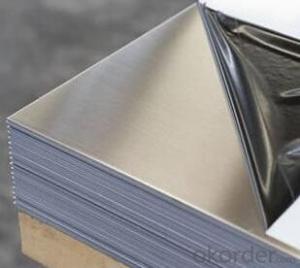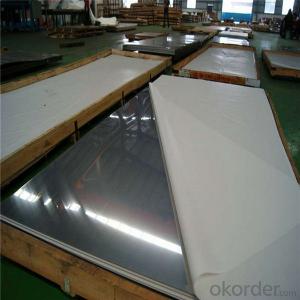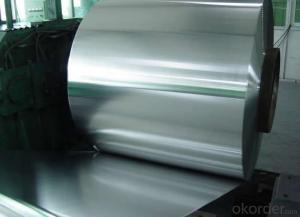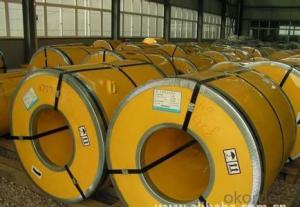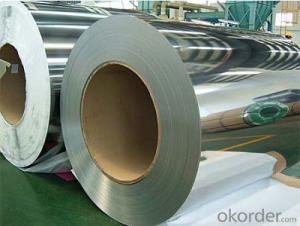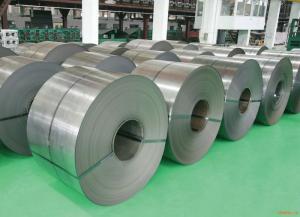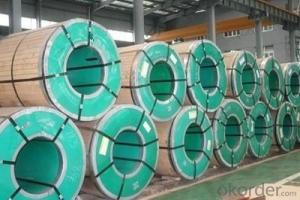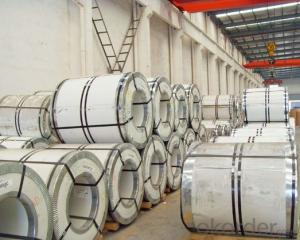316l Stainless Steel Properties
316l Stainless Steel Properties Related Searches
Best Paint For Stainless Steel Blanket Insulation For Steel Buildings Primer For Galvanized Steel Foam Filter For Stainless Steel H S Code For Stainless Steel Surface Grinding Wheels For Stainless Steel Surface Grinding Wheels For Hardened Steel Hole Saw For Stainless Steel Paint For Stainless Steel Stainless Steel For BbqHot Searches
Steel Mesh Panels For Sale Price For Stainless Steel Scrap Scrap Price For Stainless Steel Price For Stainless Steel Stainless Steel Tank For Sale Stainless Steel Sheets For Sale Cheap High Tea Sets For Sale Stainless Steel Tanks For Sale Stainless Steel For Sale High Density Fiberboard For Sale Solar Hot Water Collectors For Sale Scaffolding For Sale In Uae Scaffolding For Sale In Ireland Scaffolding For Sale In Houston Type Of Inverter For Solar Price Of Shipping Containers For Sale Types Of Inverter For Solar Stock Price For Aluminum Used Solar Inverter For Sale Steel Mesh Panels For Sale316l Stainless Steel Properties Supplier & Manufacturer from China
Okorder.com is a professional 316l Stainless Steel Properties supplier & manufacturer, offers integrated one-stop services including real-time quoting and online cargo tracking. We are funded by CNBM Group, a Fortune 500 enterprise and the largest 316l Stainless Steel Properties firm in China.Hot Products
FAQ
- Due to its unique composition and properties, stainless steel strips exhibit exceptional resistance to erosion in abrasive environments. The presence of chromium in the alloy is the key factor that enables this resistance. When exposed to the environment, chromium forms a thin layer of chromium oxide on the surface of the steel. This layer acts as a barrier, protecting the steel from corrosion and erosion. This chromium oxide layer is remarkably stable and firmly adheres to the steel surface, effectively preventing further oxidation and corrosion. As a result, the steel is sealed off from the surrounding environment, including abrasive particles, moisture, and other contaminants that could potentially cause erosion. Furthermore, stainless steel strips often incorporate additional alloying elements like nickel and molybdenum, which further enhance their erosion resistance. These elements contribute to the formation of a passive film, providing an extra layer of protection against abrasion. Moreover, stainless steel strips are engineered to possess high hardness and strength, enabling them to withstand the impact and friction caused by abrasive particles without significant damage or erosion. Additionally, the smooth surface finish of stainless steel strips reduces the likelihood of particles getting trapped or lodged in microscopic crevices, thereby minimizing the potential for erosion. This smoothness also facilitates effortless cleaning and maintenance, ensuring the durability of the stainless steel strips in abrasive environments. In conclusion, stainless steel strips effectively resist erosion in abrasive environments through the formation of a protective chromium oxide layer, their high hardness and strength, and their smooth surface finish. These factors combine to provide excellent resistance against corrosion, mechanical wear, and the harmful effects of abrasive particles.
- The typical tolerances for stainless steel strips vary depending on the specific requirements of the application and the manufacturing process used. However, in general, the standard industry tolerances for stainless steel strips are typically within a range of +/- 0.005 to 0.010 inches for thickness, and +/- 0.010 to 0.020 inches for width. These tolerances ensure that the stainless steel strips meet the necessary dimensional requirements and can be effectively used in various industries such as automotive, aerospace, and construction. It is important to note that more stringent tolerances can be achieved through specialized manufacturing processes or by utilizing precision equipment and techniques.
- Stainless steel strips are indeed suitable for cryogenic storage due to their excellent strength, durability, and corrosion resistance. This material is highly favored for cryogenic applications due to its ability to withstand extremely low temperatures, typically below -150 degrees Celsius (-238 degrees Fahrenheit), without compromising its structural integrity. Moreover, stainless steel's low thermal conductivity aids in reducing heat transfer and maintaining the desired temperature within the cryogenic storage system. Therefore, selecting the right grade of stainless steel is crucial to ensure it meets the necessary specifications and can endure the specific conditions of the application.
- Stainless steel strips are able to resist hydrogen-induced cracking due to their unique physical and chemical properties. One of the key factors is the high chromium content in stainless steel, which forms a protective passive layer on the surface of the material. This passive layer acts as a barrier, preventing hydrogen from diffusing into the steel and causing cracking. Additionally, stainless steel contains other alloying elements such as nickel and molybdenum, which further enhance its resistance to hydrogen-induced cracking. These elements improve the overall corrosion resistance of stainless steel and increase its ability to withstand the detrimental effects of hydrogen. Furthermore, stainless steel strips are often heat treated or annealed to increase their strength and toughness. This heat treatment process helps to relieve internal stresses in the material, reducing the susceptibility to cracking. It also refines the microstructure of the steel, making it more resistant to hydrogen embrittlement. In summary, the combination of high chromium content, alloying elements, and heat treatment makes stainless steel strips highly resistant to hydrogen-induced cracking. These properties make stainless steel a preferred choice in various industries where exposure to hydrogen is a concern, such as oil and gas, chemical processing, and automotive applications.
- Stainless steel strips have a variety of common uses in the semiconductor industry due to their unique characteristics and properties. Some of the major applications include: 1. Etching Process: Stainless steel strips are often utilized as etching masks during the semiconductor fabrication process. The strips are resistant to various chemical etchants and offer excellent corrosion resistance, making them ideal for protecting specific areas of the semiconductor surface during the etching process. 2. Wafer Handling: Stainless steel strips are used for handling delicate silicon wafers throughout the manufacturing process. The strips provide a clean and contamination-free surface, preventing any damage or contamination that could affect the quality of the wafers. 3. Cleanroom Construction: Stainless steel strips are commonly used in the construction of cleanrooms within the semiconductor industry. These strips are preferred due to their high resistance to corrosion, durability, and ability to withstand harsh cleaning chemicals used in cleanroom maintenance. 4. ESD Protection: Electrostatic discharge (ESD) can cause significant damage to sensitive semiconductor components. Stainless steel strips are used as grounding strips or ESD protection strips to dissipate any static charges and prevent damage to the semiconductor devices during the assembly and testing processes. 5. Heat Exchangers: Stainless steel strips are employed in the construction of heat exchangers used to regulate temperature during various semiconductor manufacturing processes. The strips' excellent thermal conductivity and corrosion resistance make them suitable for transferring heat efficiently while maintaining a clean and sterile environment. 6. Surface Mount Technology (SMT): Stainless steel strips are also used in the SMT process, where electronic components are directly mounted onto the surface of a printed circuit board. The strips serve as solder stencils, facilitating the precise application of solder paste onto the board, ensuring accurate placement of components during the assembly process. Overall, stainless steel strips are valued in the semiconductor industry for their corrosion resistance, cleanliness, durability, and ability to withstand extreme conditions, making them indispensable in various stages of semiconductor manufacturing.
- Indeed, the utilization of stainless steel strips is viable for crafting jewelry clasps. This material boasts durability and resistance to corrosion, rendering it suitable for diverse applications, including the realm of jewelry production. By shaping and molding stainless steel strips, an array of designs for clasps can be achieved, thereby offering both practicality and visual appeal. Furthermore, the enduring resistance of stainless steel to tarnishing and fading guarantees the longevity of the clasps' aesthetic appeal. Given its versatility, jewelry designers and manufacturers frequently favor stainless steel as a prime option.
- To determine the weight of a stainless steel strip, you need to know two key factors: the dimensions of the strip and the density of stainless steel. Firstly, measure the length, width, and thickness of the stainless steel strip using a ruler or calipers. Ensure you have accurate measurements in the same unit of measurement, such as inches or millimeters. Next, find the density of stainless steel, which is typically around 7.93 grams per cubic centimeter or 7930 kilograms per cubic meter. This value may vary slightly depending on the specific grade and composition of the stainless steel. Now, you can calculate the weight of the stainless steel strip using the formula: Weight = Length x Width x Thickness x Density If your measurements are in inches, ensure to convert them to the appropriate unit for density (e.g., cubic inches to cubic centimeters). Similarly, if your measurements are in millimeters, convert them to meters before multiplying by the density. After performing the calculations, you will have the weight of the stainless steel strip in grams or kilograms, depending on the unit of density used. Remember to consider any additional factors that may impact the weight, such as the presence of coatings or surface finishes, which can add extra weight to the strip.
- What's the difference between stainless steel coil and stainless steel plate?
- One is a coil and the other is a strip.

















